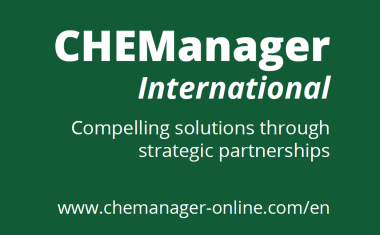A Roadmap for Pharma 4.0
Industry experts Josef Trapl, Wolfgang Winter, Christian Woelbeling, and Thomas Zimmer – all members of ISPE’s Pharma 4.0 group – talk about the idea behind ISPE’s Pharma 4.0 initiative and the challenges on the way to realize the digital transformation of the pharmaceutical industry.
Read more with free registration
Register now for free and get full access to all exclusive articles from chemanager-online.com. With our newsletter we regularly send you top news from the chemistry industry as well as the latest e-issue.
Company

International Society for Pharmaceutical Engineering (ISPE)6110 Executive Blvd.
20852 North Bethesda
US
most read

Ratcliffe: Chemical Industry in Europe at a Tipping Point
Ineos CEO Ineos calls on European politicians to save the chemical industry.

VCI Welcomes US-EU Customs Deal
The German Chemical Industry Association (VCI) welcomes the fact that Ursula von der Leyen, President of the European Commission, and US President Donald Trump have averted the danger of a trade war for the time being.

CHEManager International Media Kit 2026
Compelling solutions through strategic partnerships

BASF Sells Majority Stake in Coatings Business
BASF sells a majority stake in its coatings business to the investor Carlyle.

Dow to Shut Down Three Upstream European Assets
Building on the April 2025 announcement, Dow will take actions across its three operating segments to support European profitability, resulting in the closure of sites in Germany and the UK.











